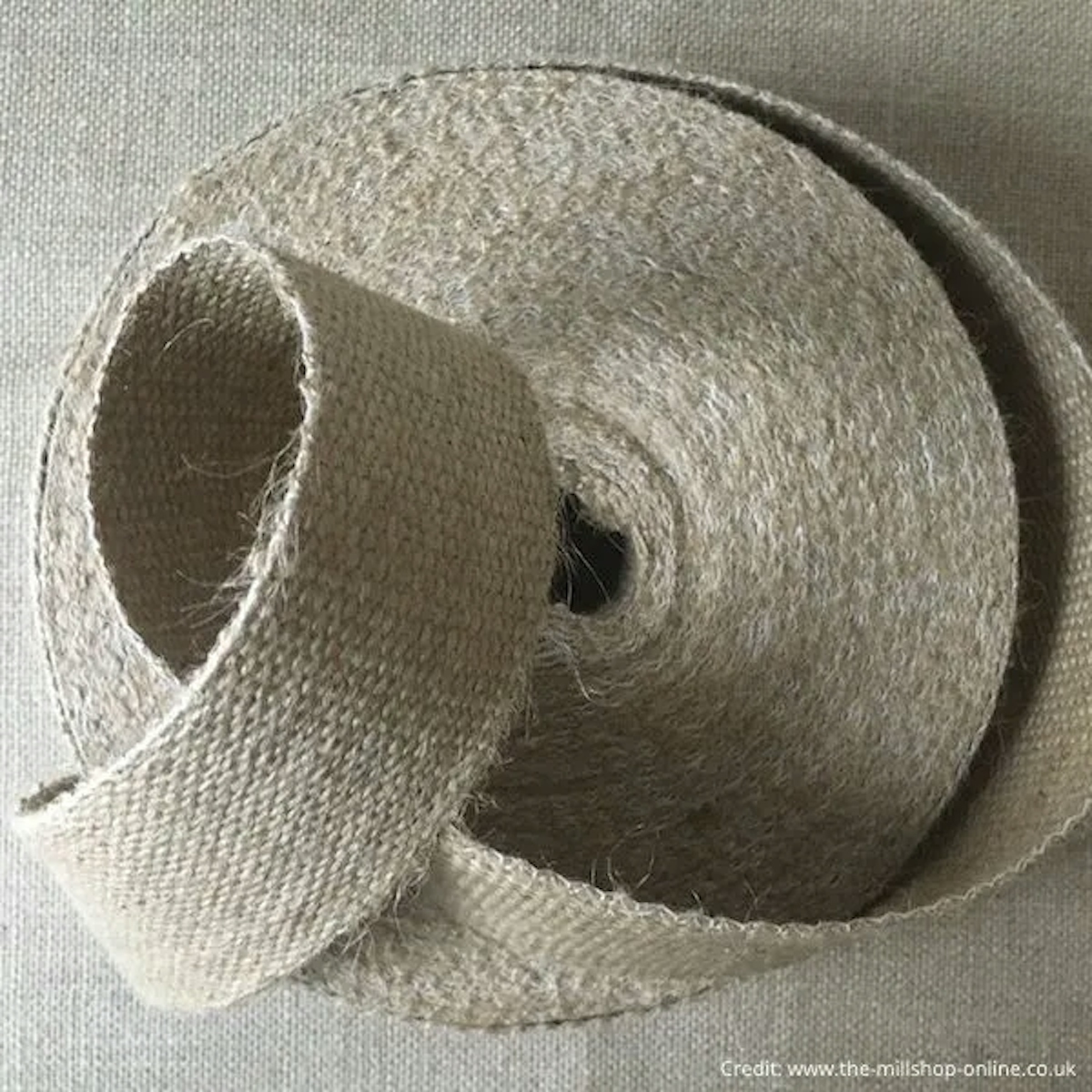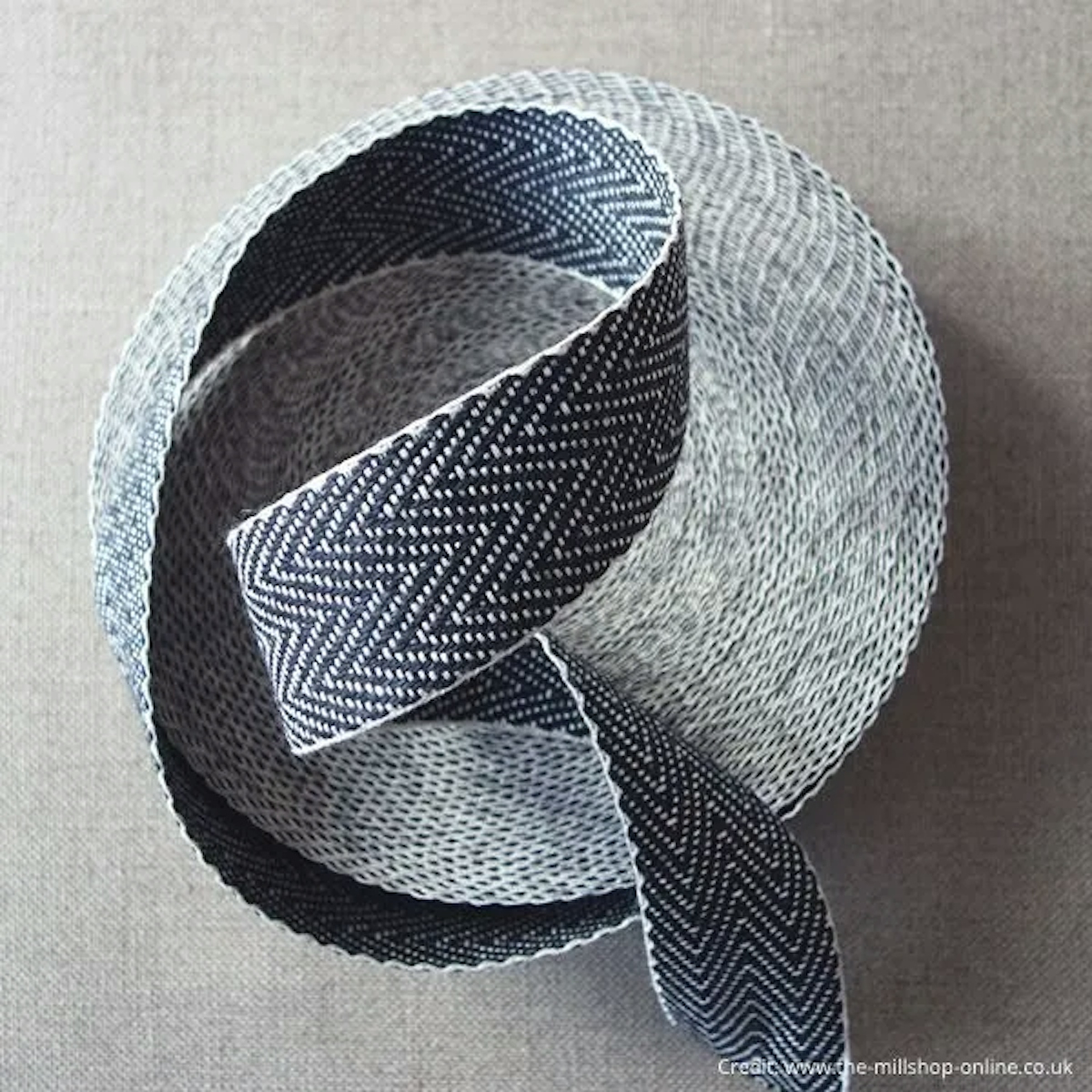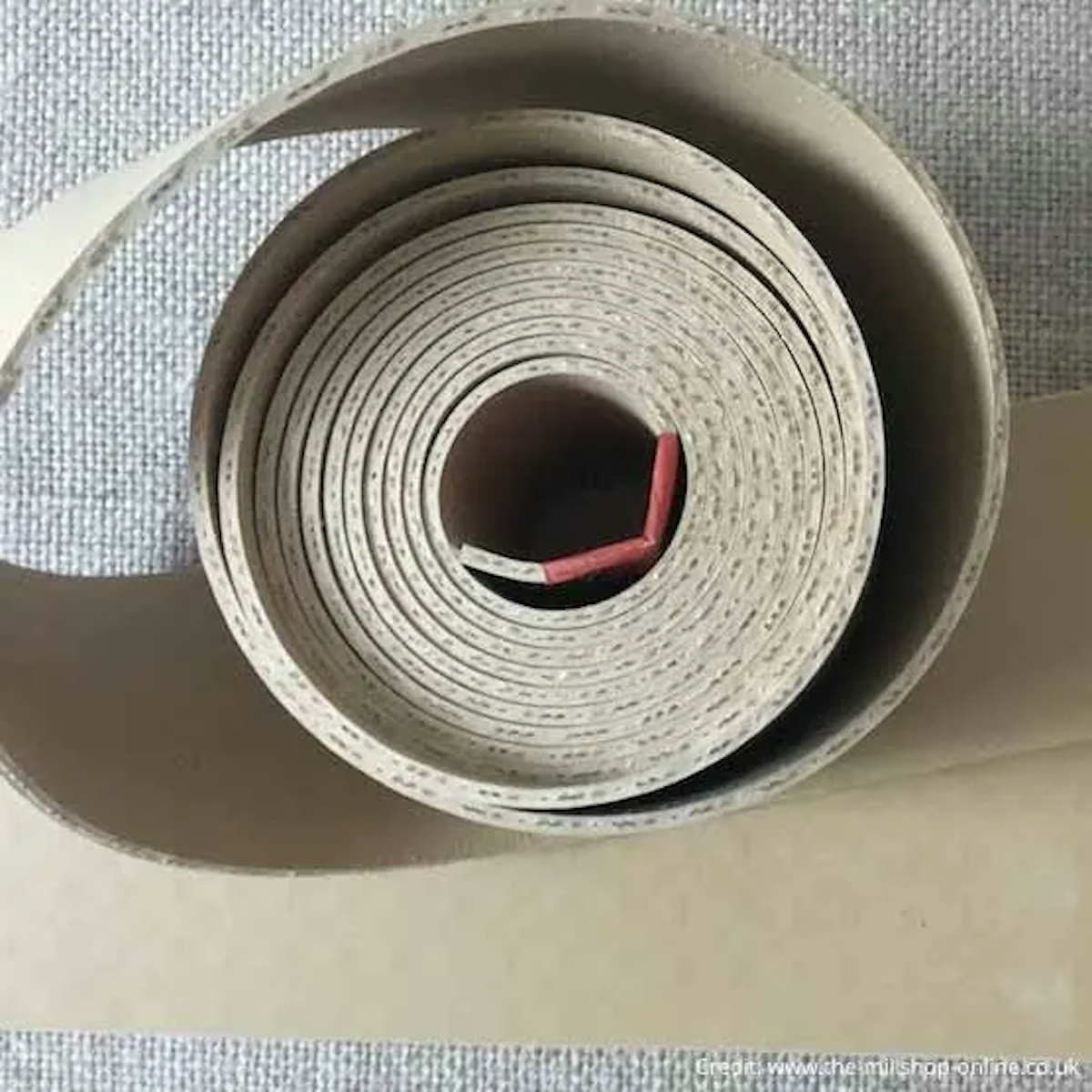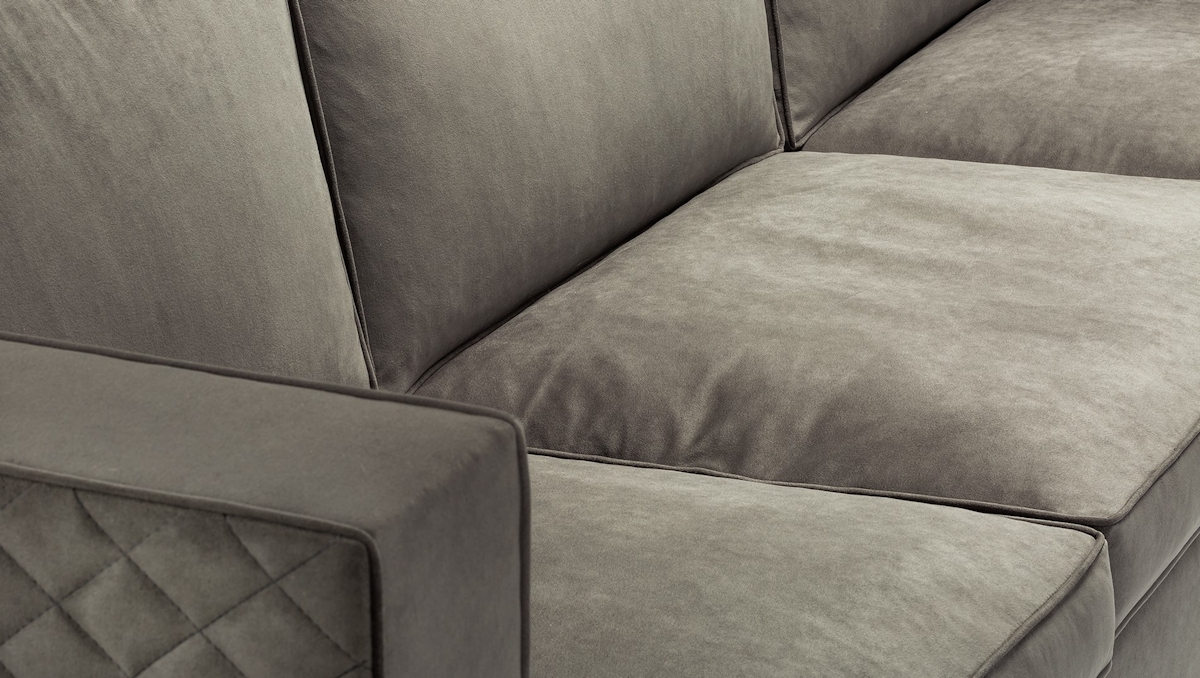
0 items added to basket
Image currently unavailable
Price on enquiry
Subtotal (0 items)
£0.00
Sofa Frames & Springs

Learn about high-quality interior sofa construction and its benefits
It goes without saying that good foundations are the most important element for building a home which will last. Likewise, the most important element of a luxury sofa are its foundation—the frame and springs.
A well-made sofa frame enhanced with quality springs will allow your piece to last throughout the years and will provide the kind of sofa support you deserve. A sofa which is made from inferior materials may not have the same longevity.
What’s important to know is that, whilst there are benchmarks for quality sofa construction, the methods and techniques used will be determined largely by the brand and country of manufacture. There is no one way to build a sofa but there are many great ways and that is the goal of buying a luxury sofa.
Hardwood Sofa Frames
A quality frame which provides ample sofa support will be made from solid hardwood.
Hardwoods
Kiln Dried Wood
FCS-Certified Wood
Popular Woods
Premium Engineered Hardwoods & Plywoods
Softwoods & Composite Woods
Climate Considerations For Sofa Frames & Lacquers
Not only do furniture makers pay close attention to which type of wood they use for strength reasons, they also bear in mind the climate the sofa will be in. Outdoor conditions and weather are important, as are indoor conditions such as underfloor heating and the proximity of the sofa to radiators or heating vents.
Choosing a solid piece is just the first step of making a sofa frame; the sofa finish is the second. We know that there are certain woods which work better in specific environments and this goes for stains and lacquers too. For cold environments, lacquer is best. Warmer environments call for wood oils because these penetrate the timber during sudden temperature change; lacquer would crack in this instance.
The Joinery
The joinery used for a sofa frame is of the utmost importance and can make or break a sofa (quite literally). Carpentry joints—in particular mortise and tenon and dovetail—are some of the most secure sofa construction techniques and may be found in the works of more traditional furniture makers. Mortise and tenon joints are one example of high quality sofa joints and will likely never be found in cheaper models. In more modern practices, a combination of glued, screwed and dowelled is common as is glued and screwed.
Legs and arms which are integral to the sofa’s frame are preferable but, if not appropriate, these should be secured using screws, dowels, brackets, wooden corner blocks or another suitable joinery fixture.
Joinery Glues
Joinery glues have been an important part of sofa construction but, whilst animal glues were used in the past, synthetic adhesives are used nowadays. “The rapid development of synthetic adhesives over the last few decades has virtually eliminated the natural animal glues used for centuries,” the Furniture Industry Research Association explains on its website’s knowledge hub.
Sofa frames which are only glued or held together using nails or staples will perhaps last for a little while but are less likely to have the same longevity as a sofa made with more thorough carpentry joints.
A good sofa manufacturer will be able to provide you with all relevant information on the construction of a sofa’s frame.
The Base Support
There is more to sofa parts than the frame. Once a sofa frame has been constructed, the next step is to prepare a base (also called a sofa deck) on which the spring support, upholstery and cushions can be applied. This foundational sofa support consists of a series of durable straps woven close together, stretched using an upholstery or webbing stretcher tool and affixed to the frame. This solid flat plane becomes the base of the sofa seat. Three of the most commonly used materials are: jute, polypropylene and rubber.
Jute Webbing
Jute webbing was one of the original upholstery webbings and is sometimes used, today, by furniture workshops which employ traditional techniques. Made from vegetable fibres, jute comes in many weave varieties but a tight jute will be the strongest and most resilient for upholstery.

Polypropylene & Polyethylene Webbing
Prized for their durability and resistance (including weather and mildew resistance), polypropylene and polyethylene are made from strong plastic compounds with high breaking points—perfect for sofas. Many modern furniture makers have opted for these webbings in their sofa construction.

Rubber Webbing
Rubber webbing has an elastic characteristic so provides a bouncier seat. This has become one of the most popular options in sofa construction and is attached using staples. Brand names like Pirelli are leaders in the field of rubber webbing and guarantee high quality and longevity.

The Spring System
Sofa springs are one of the most important factors of a sofa’s comfort and should be of the highest quality for the most comfortable, supportive and long-lasting piece. Think of it - aside from a bed (which also uses spring systems), a sofa is probably one of the most-used furniture pieces, hosting many people and a lot of weight for extended periods of time. A good support system is vital.
Most furniture makers agree that there is no one best spring system, although there are certainly some methods which are superior to others. Knowing this, here are the four main types of upholstery springs and foundation: eight-way hand-tied or hand-knotted, S or sinuous springs, pocket spring and web suspension.
Eight-Way Hand-Tied Springs
Serpentine Springs
Pocket Spring Cushion Units
Web Suspension
Finishing Up
After the frame is sprung or webbed, there are multiple layers to be applied before a final lining fabric can be attached to the seat deck. Whilst practices vary, these can include an initial covering (called scrim), initial foam layers and thin wadding. Scrim is usually made from a cruder fabric such as jute, hessian or calico and simply acts as a barrier between the spring system or webbing and upper layers and keeps each stage of the process contained.
This would also be the stage when the bottom cloth or dust cover is applied which is the material underneath sofa frames which conceals internal workings and prevents the area from becoming dusty. Further proof that every single area of a sofa is carefully considered.
Here at LuxDeco, we are committed to helping customers around the world discover the sofa of their dreams. If you would like help designing or choosing your luxury sofa, contact our team at [email protected] or +44 (0)20 3322 8665.
Discover More
Continue on your sofa journey and learn more about the craftsmanship and care that goes into the production of our luxury sofas.
